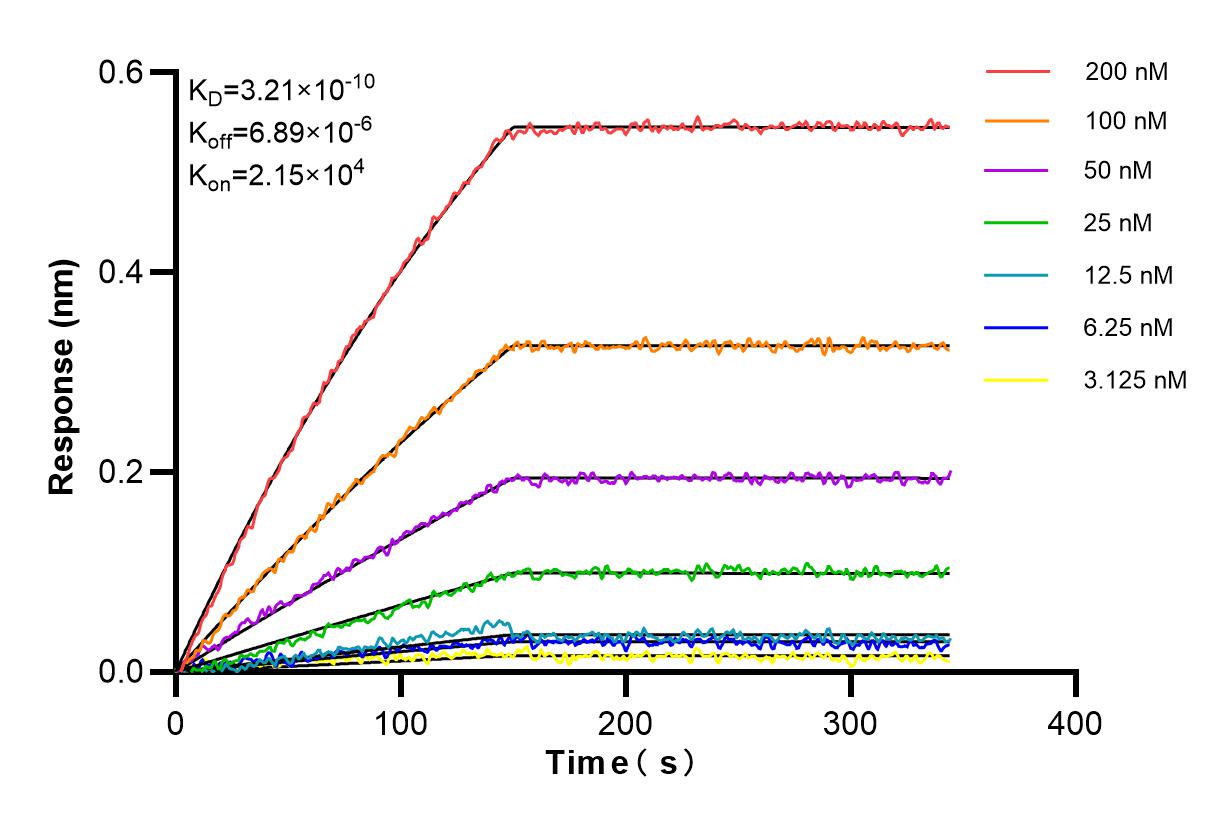Tested Applications
| Positive WB detected in | human saliva |
Recommended dilution
| Application | Dilution |
|---|---|
| Western Blot (WB) | WB : 1:5000-1:50000 |
| It is recommended that this reagent should be titrated in each testing system to obtain optimal results. | |
| Sample-dependent, Check data in validation data gallery. | |
Product Information
84678-4-RR targets CST5 in WB, ELISA applications and shows reactivity with human samples.
| Tested Reactivity | human |
| Host / Isotype | Rabbit / IgG |
| Class | Recombinant |
| Type | Antibody |
| Immunogen | CST5 fusion protein Ag34412 Predict reactive species |
| Full Name | cystatin D |
| Observed Molecular Weight | 14-16 kDa |
| GenBank Accession Number | BC069514 |
| Gene Symbol | CST5 |
| Gene ID (NCBI) | 1473 |
| Conjugate | Unconjugated |
| Form | Liquid |
| Purification Method | Protein A purification |
| UNIPROT ID | P28325 |
| Storage Buffer | PBS with 0.02% sodium azide and 50% glycerol, pH 7.3. |
| Storage Conditions | Store at -20°C. Stable for one year after shipment. Aliquoting is unnecessary for -20oC storage. 20ul sizes contain 0.1% BSA. |
Background Information
CST5 (cystatin D), it is expected to be located in cytoplasmic and extracellular, and the protein is restrictively expressed at salivary gland. Human cystatin D is a novel member of the cystatin superfamily of cysteine proteinase inhibitors present in saliva and tears. The inhibitory properties displayed by cystatin D suggest that it has a function in saliva as inhibitor of either endogenous or exogenous enzymes with cathepsin S- or H-like properties (PMID: 8083219). The calculated molecular weight of CST5 is 16 kDa.
Protocols
| Product Specific Protocols | |
|---|---|
| WB protocol for CST5 antibody 84678-4-RR | Download protocol |
| Standard Protocols | |
|---|---|
| Click here to view our Standard Protocols |





